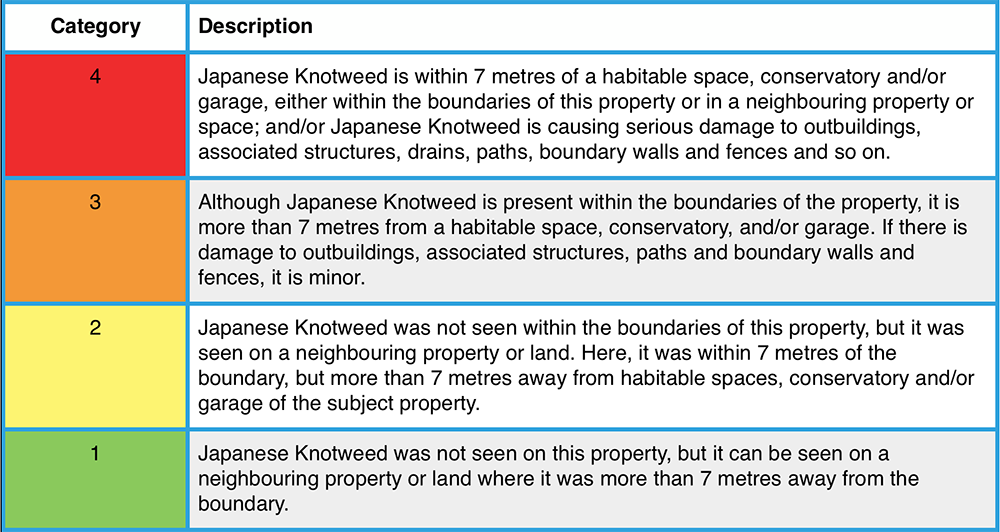Please press on each title for more information
Scarification
Also known as ‘Dethatching,’ our lawn scarification programme will remove the root cause of moss and thatch from your lawn, this occurs because over time dead roots, grass cuttings, and leaves can build up, and as new grass plants develop and grow, the older ones die and build up a layer underneath causing a spongy ‘thatch layer’. Once developed beyond a reasonable thickness (1/2”) this thatch layer acts as a barrier to water, air and nutrients.
Our professional machinery differs from ‘lawn raking’ many domestic lawn rakes or so called scarifiers use hook line tines to rake out the moss, these machines are relatively good at removing dead moss but have little to no effect on surface thatch, they can often help to deal with the symptom, but not necessarily not the cause. Our industry-standard, heavy duty scarifiers use large blades that remove the thatch from your lawn.
As this matting increases in density, it stops important nutrients, water, air, and sunlight from reaching the the soil and roots this provides the perfect environment for moss to flourish, and can choke out finer turf.
Aeration
To have and maintain a healthy beautiful lawn, proper mowing practices, feeding and weeding are vital It is also important to ensure that the nutrients applied can reach the soil beneath your grass. Aeration can be a vital exercise in order to achieve a healthy lawn because it allows air, water and nutrients to penetrate the soil. 90% of the time we use Hollow-Tine Aeration, this removes thousands of cores from your lawn around 2cm in diameter and 4-6 inches long.
WHAT’S AERATION?
Aeration is the process of punching small holes into the lawn to allow air, water and nutrients to seep into the grass roots. This helps the roots to grow much deeper and produce a stronger, thicker lawn.
DO I NEED AERATION?
Definitely One of the most popular questions is weather my lawn needs a rating or not, to find out if your lawn would benefit form aeration, consider these points:
Is your lawn lived in? Many people have pets, children or grandchildren and the lawn can be where they spend most of their time, this can contribute to compaction
Was the lawn laid when your home was built? If so many lawns have been tracked and levelled by heavy machinery causing compaction and very firm group often resulting in surface water running off.
Does the lawn suffer from moss or thatch? Aeration will help alleviate such problems, when the ground is compacted the roots cannot easily grow deep into the soil resulting in a shallow root system, subsequently resulting in a poor quality lawn.
Compacted soil prevents proper circulation of air, water and nutrients within the soil. Aerating breaks up the soil, allowing air, water and nutrients to flow through the soil more easily and reach the roots, allowing them to grow freely.
Grow Slow Treatment
This treatment reduces the amount of mowing required. It diverts the growth of the plant into the root and sward, reducing growth rate and thickening appearance. It also makes it more tolerant to drought stress.
Pest Control
The most common lawn pests are Leather Jackets and Chafer Grubs. These will feed on the roots and young shoots of grass causing damage. Our pest treatments control infestations and prevent further outbreaks.
Disease Control
Adverse weather can cause the likes of Red Thread, Leaf Spot & Fusarium. Where necessary, a fungicide treatment will be applied to dramatically reduce disease activity.
Water Conserver
If your lawn suffers from dry patch or it is affected by low rainfall, our water conserver rests on the surface, pulling available moisture into the root zone where it is needed. This significantly reduces the amount of water required to achieve optimal moisture content.
Japanese Knotweed
Why is knotweed a problem?
Fallopia japonica, commonly known as Japanese knotweed is invasive and extremely resilient. Its roots and rhizomes grow to a depth of 2m. Once treatment has removed all visible surface growth, the deep underground rhizomes can remain in a viable state and many possibly do so for up to twenty years.
If knotweed is left to grow for many years it has potential to damage buildings and roadways, it should not be ignored.
The environment agency state that any waste/soil taken from the ground containing knotweed (dead or alive) even once treated using a specialist herbicide treatment programme should be classified as controlled waste if removed from site.
To help understand and categorise the level of risk RoyalI Institute of chartered surveyors (RICS) have created a risk table (please see below).

Our tried and tested Management plan.
• A five year programme with visits arranged quarterly, to inspect and monitor the land/property and treat any Japanese Knotweed.
• On one occasion if deemed necessary, cut down the dead winter stems.
• A yearly written and photographic update.
• A company backed guarantee and an assurance that the Japanese Knotweed will not be allowed to spread and an option to extend warranty.
• A valid Guarantee for lenders.
